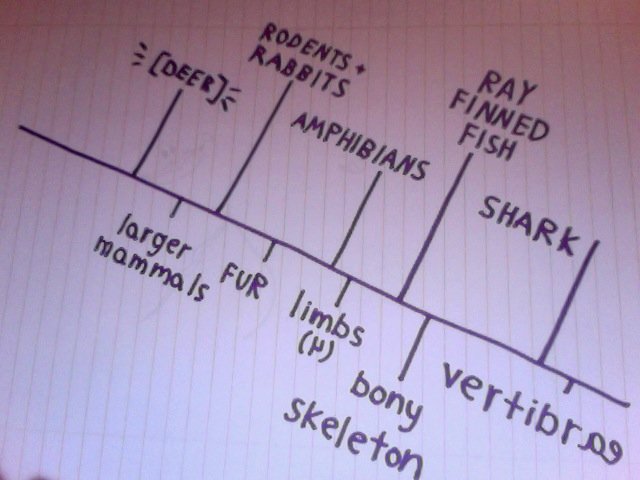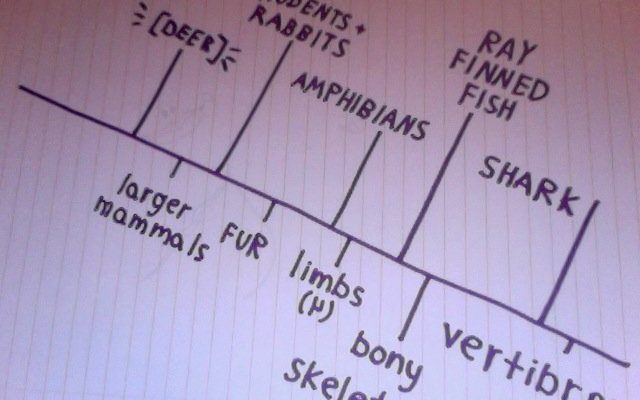
Imagine watching a classic movie, where the plot thickens with each scene—the stakes get higher, and characters evolve. That’s a bit like the journey of the white-tailed deer. Over time, they’ve transformed from ancient relatives into the deer we recognize today. So, grab a cup of coffee, and let’s dive into this evolutionary adventure!
The Origins of Deer: A Journey Through Time
The story of the white-tailed deer begins millions of years ago with the earliest ancestors of deer. Scientists believe that **deer-like creatures** first appeared around 20 million years ago in the Miocene epoch. Picture a world that’s vastly different from ours, with lush forests and sprawling grasslands. These environments were perfect for these early herbivores.
These early deer were part of the Cervidae family, which also includes elk and moose. Over time, they adapted to various climates and terrains, leading to the emergence of multiple species. The **white-tailed deer** (Odocoileus virginianus) is just one of many species that evolved from those ancient ancestors. The key to their success lies in their ability to adapt to different habitats, from woodlands to suburban areas.
As we journey further back, we see that deer are closely related to other animals like cows and giraffes. What’s truly remarkable is how they branched off and evolved separately. The **white-tailed deer**, in particular, adapted to the changing landscapes of North America, where they thrived after the last Ice Age.
Physical Evolution: Adapting to Survive
Now, let’s talk about how the white-tailed deer physically changed over time. Their **strong legs** and agile bodies allow them to escape from predators swiftly. Imagine sprinting away from danger; that’s what they do best. With a top speed of about 30 miles per hour, these deer can quickly outrun threats in their environment.
Their distinct **white tails** serve a crucial role, too. When a deer senses danger, it raises its tail, creating a flagging motion that alerts other deer to potential threats. It’s like sending a quick text message to friends: “Hey, something’s up!” This social aspect of survival is fascinating and shows how their adaptations aren’t just physical but also behavioral.
Over generations, these deer have also become quite proficient at foraging. Their diet mainly consists of plants, fruits, and nuts. This flexibility in diet is a game-changer, allowing them to thrive in different seasons and environments. Think about how many things you might eat throughout the year—white-tailed deer do something similar but in their own wild way!
Geographic Distribution: The Spread of the White-Tailed Deer
The white-tailed deer has an impressive range, which reflects its successful adaptation over time. They can be found all across North America, from southern Canada to parts of South America. But how did they manage to cover such vast distances?
After the Ice Age, as glaciers retreated and habitats changed, those early deer began to migrate and explore new areas. Some settled in dense forests, while others adapted to more open plains. The beauty of nature is that it’s ever-changing, and so are the creatures that inhabit it.
Today, they’ve even made a home in urban areas. You might spot one casually strolling through a park or munching on a garden plant. This ability to adapt to human environments speaks volumes about their evolutionary journey and highlights their resilience.
Behavioral Adaptations: Survival Skills in Action
The white-tailed deer didn’t just evolve physically; their behavior has also adapted significantly. They are **crepuscular**, meaning they are most active during dawn and dusk. This timing allows them to avoid many predators and take advantage of cooler temperatures. It’s sort of like choosing to play outside when the sun isn’t blazing down—it’s just smarter.
They also have a highly developed sense of smell that helps them detect danger from far away. Ever noticed how animals often bolt at the slightest sound? That’s thanks to their acute senses. But here’s the thing: they also engage in complex social behaviors. Deer often travel in groups, providing protection from predators and increasing their chances of finding food.
And then there’s the famous **antler growth** in males. These impressive structures serve not just for display during mating season but also help in establishing dominance within a group. It’s a bit like showing off your sports trophies to your friends—only way more intense!
Conservation and Human Impact: A Complex Relationship
As much as white-tailed deer have thrived, their relationship with humans is complicated. The expansion of cities and agriculture can threaten their habitats. However, conservation efforts have made a significant impact on their populations. Think of it like a balancing act—too much development can push them out, but responsible management can help them thrive.
Hunting has also played a role in their history. It’s a longstanding tradition in many cultures and can help manage deer populations, but it’s essential to do it sustainably. You might be wondering: how do we find that balance? The answer lies in education and responsible practices.
Working together, people can help protect these beautiful animals and their habitats. By promoting conservation efforts, we can ensure that future generations get to enjoy the graceful beauty of white-tailed deer.
The Future of White-Tailed Deer: Challenges Ahead
Looking ahead, the evolutionary story of the white-tailed deer continues. With challenges like climate change and habitat loss, their future depends on how well we adapt as a society. Just like they adapted over millions of years, we need to find smart solutions for coexistence.
Research is ongoing, and scientists are studying their behaviors, populations, and habitats more closely than ever. By understanding how they react to changes in their environment, we can make informed decisions that positively impact their survival.
As they navigate a world increasingly influenced by humans, these deer remind us of the importance of balance in nature. They’re not just part of our environment; they’re an integral part of the ecosystem.
In the end, the evolutionary history of the white-tailed deer is a beautiful reminder of resilience and adaptation. It’s a story that continues to unfold, and as we reflect on their journey, we see the importance of preservation and care for the natural world around us. So next time you spot a white-tailed deer, take a moment to appreciate the long road they’ve traveled to be here today.

